Sail to Antarctica: crossing the Drake Passage aboard the National Geographic Resolution
The White Continent received a record number of visitors in the 2023-24 season. If all those people are educated to understand and protect it, can travel be a force for good?
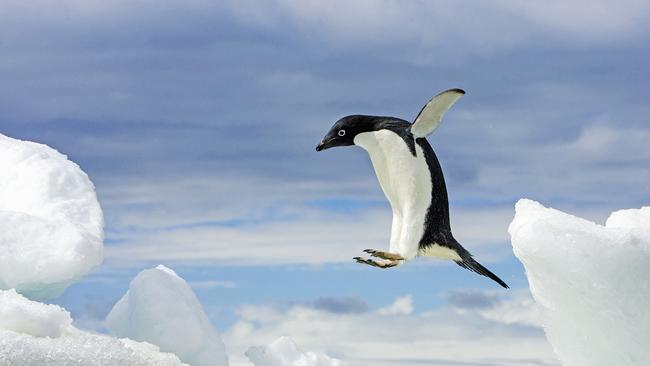
The sun has barely set at 11pm when a distinct change in the motion aboard Lindblad’s National Geographic Resolution tells us we’re leaving the Beagle Channel and entering the often-forbidding Drake Passage.
Waves whipped up by strong westerly winds in the vast strait connecting the Atlantic and Pacific oceans can reach terrifying heights, but Captain Martin Graser anticipates a relatively mild crossing with a forecast of 3m-5m swells.
I learned the hard way the first time I sailed to Antarctica that I am not immune to seasickness.
This time, the effects of Stugeron travel sickness tablets, combined with the ship’s gentle rocking, lull me into a long, deep sleep.
However, there’s plenty to do when not dozing during the 2½ days between leaving Ushuaia in Tierra del Fuego and making our first landing in Marguerite Bay, down at the southern end of the White Continent.
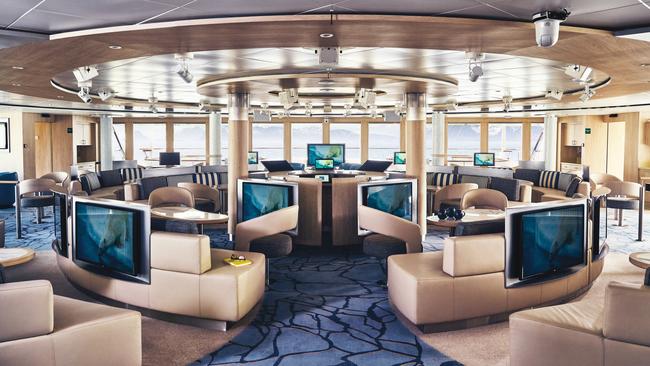
We meet the dynamic, multinational 10-member expedition team, attend presentations on penguin research, geography and Tommy Heinrich’s extraordinary mountaineering and photography career, and decontaminate any kit that’s going to have contact with the outside world for biosecurity reasons.
There’s a welcome aboard party, we spot our first tabular iceberg – a mighty 2.5 nautical miles long – and celebrate crossing the Antarctic Circle (66°33′49.3) late at night on the Bridge, which is open to guests 24/7.
While daylight hours become ever longer, expedition team members identify those endlessly wandering seabirds of the Southern Ocean – light-mantled, black-browed and grey-headed albatrosses, southern giant petrels – swooping and gliding, riding the currents.
Aussie naturalist Kristian Gillies is giving a fascinating talk about the ocean’s food chain and discussing the “whale pump” when a humpback whale breaches behind the ship, which she says is very unusual in these latitudes.
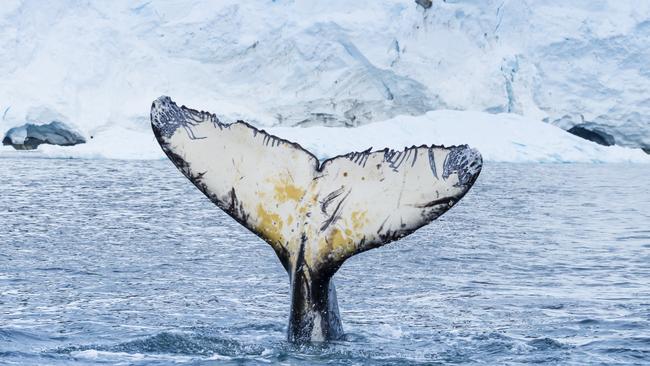
Conditions are calm enough to explore the vessel from top to bottom and even attend stretch classes in the fitness studio.
Launched in 2021, National Geographic Resolution is Lindblad Expeditions’ newest ship, an identical sister to National Geographic Endurance. Interiors are contemporary Scandi-style. Floor-to-ceiling windows allow light to flood in on every deck, and corridors and stairwells showcase striking original artworks. The ship’s total guest capacity is 138; on this sailing, the overarching sense of space is accentuated by a complement of only 119 guests, with 103 crew to look after us.
Accommodation ranges from spacious balcony suites to generously proportioned staterooms with large windows and include 14 dedicated solo staterooms. As on many traditional expedition ships, door locks are optional; it makes life on board easier and fosters a sense of community.
Both ships were built at the Ulstein shipyards in Norway, and each features the distinctive Ulstein X-Bow, designed to slice through waves and provide a smoother, more eco-friendly performance.
Importantly, both ships are rated Polar Class 5; this means they can operate year-round in polar waters and navigate further north and south than PC6 and lower-rated ships.
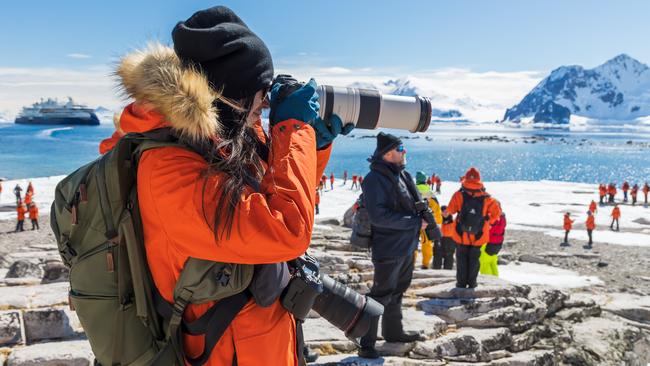
At 7am on the third day of the voyage, expedition leader Michael Jackson’s voice comes through the PA. “We are now right beside Jenny Island in Marguerite Bay. On our port side groups of elephant seals are wallowing on shore; the outside temperature is just over 1C; the wind speed is 25 knots, much less than one hour ago; and it’s overcast. The staff team will head ashore shortly to set up a landing and it’s going to be a little bit splashy in the zodiacs. Welcome to this fantastic landscape of ice and rock!”
It is indeed fantastic. We hike along the pebbly beach and up a snowy incline, marvelling at the sheer scale of the steely grey, icy white and charcoal landscape.
The elephant seals grunt and rumble but ignore their enthralled observers, while a lone Adelie penguin potters over rocks nearby.
Later that afternoon we go ashore at Bongrain Point on the wonderfully named Pourquoi Pas Island, where we see a colony of Adelies, some sheltering eggs and very new chicks between their feet.
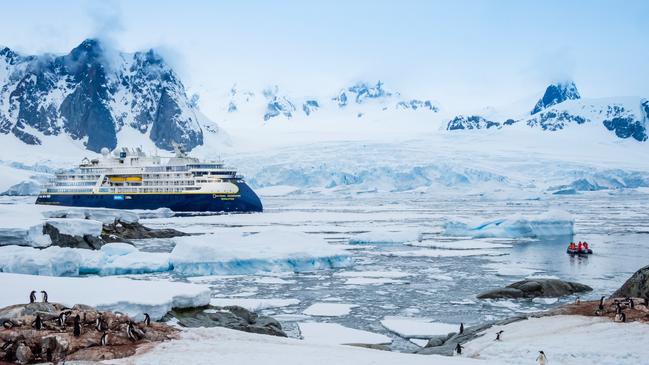
We are reminded the following day how quickly conditions can change this far south.
We are in the Screaming 60s and with the wind ripping through at 60-plus knots, the planned landings require a rethink.
Officers on the bridge and expedition teams plot a new course and the ship pushes on through sea ice towards an uncharted spot in Marguerite Bay.
While NG Resolution is held in place by dynamic positioning (no need for anchoring) at a relatively sheltered bay, a sounding boat sets off to measure the depths and underwater terrain ahead, which forward-looking sonar can’t necessarily pick up.
A clear track of deep water between treacherous submerged pinnacles is revealed by the soundings, which allows the ship to make its way to a new landing site.
As we speed ashore on zodiacs to step foot on the Antarctic continent at Calmette Bay, which is not a regular occurrence on every Antarctic voyage, we are surrounded by towering icebergs in all hues of blue from aquamarine and lapis lazuli to turquoise, illuminated by bright sunlight.
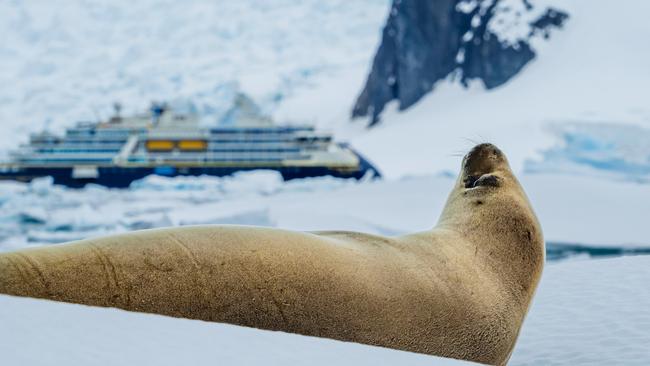
It’s a joyous day, spent zodiac cruising and kayaking in the bay, photographing crabeater seals, and polar plunging from the ship. “Finding new landing sites anywhere along the Antarctic Peninsula is very, very rare,” Captain Graser says at the evening recap. “And we didn’t just find a good landing site, where it’s easy to get ashore. It’s a mainland landing.” Adding to the excitement is reaching the southernmost point Lindblad has sailed this season, 68°16.5S. We are a very long way from the other 20 ships positioned further north along the peninsula.
By now the sun doesn’t really set at all and en route for the Gullet – a narrow channel between Adelaide Island and Graham Land – the spectacle of rosy gold skies and chain upon chain of snow-covered mountain ranges makes sleep impossible.
At 2am, I am wandering around the deserted ship in full daylight to make a cup of tea and take countless photos, none of which do justice to the awe-inspiring reality.
But don’t the photography experts say the beauty of this environment is best observed and inhaled, not obsessively captured?
At Hanusse Bay the ship noses into the fast ice and we disembark to go cross-country skiing, ice-walking, or just gaze at Adelie penguins (and one lone out-of-area Emperor penguin), which are equally curious about us.
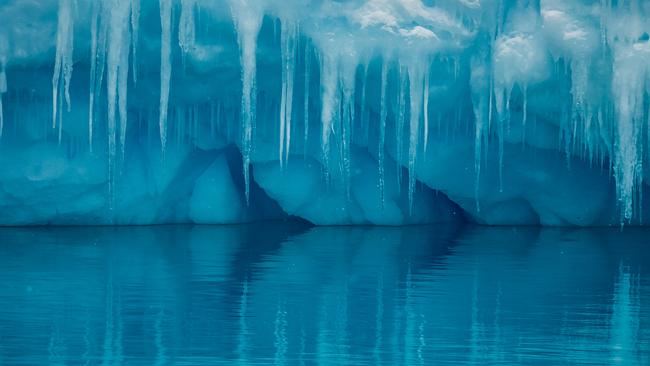
A thrilling zodiac outing takes us through the Gullet as the ship follows behind, and on the way to the Fish Islands we meet up with sister ship NG Endurance at very close quarters (thanks to dynamic positioning) to exchange some supplies.
Most Lindblad expeditions to Antarctica, the Arctic and Galapagos Islands host a guest scientist as part of its renowned Science at Sea Program.
On this voyage, Rachael Miller – the founder of Rozalia Project for a Clean Ocean, a non-profit organisation addressing marine debris through clean-up, education and research – is on board to educate and involve guests in her microplastics research.
Another notable Lindblad initiative is the Global Explorer program, a hands-on concept designed to introduce children and teens to scientific exploration. We have just one Global Explorer on board, nine-year-old Maeve Alexander from Noosa, and a group of us spend a memorable afternoon on a zodiac in the Fish Islands with Rachael and Maeve, taking water samples to check for microplastics.
Maeve is a natural explorer. She scoops up krill in her bare hands from the freezing water, chucks the sampling buckets overboard with aplomb, and steers our zodiac (official permission granted, of course) with unwavering focus. NG Resolution’s hotel crew is on hand in a bobbing zodiac-bar, serving hot chocolate laced with whatever you like as the rest of the fleet circles icebergs where Weddell and crabeater seals languish.
Later that evening, there’s an alternative-style chef’s table dinner, The Cook’s Nook Zero Waste degustation, a project close to hotel director Laura Fuentes’ heart. The seven-course meal is served in an intimate dining space on deck 8, and the focus of the “culinary expedition” is on sourcing sustainable products and transforming simple ingredients into delicious, refined dishes. Who knew cauliflower could be so versatile?
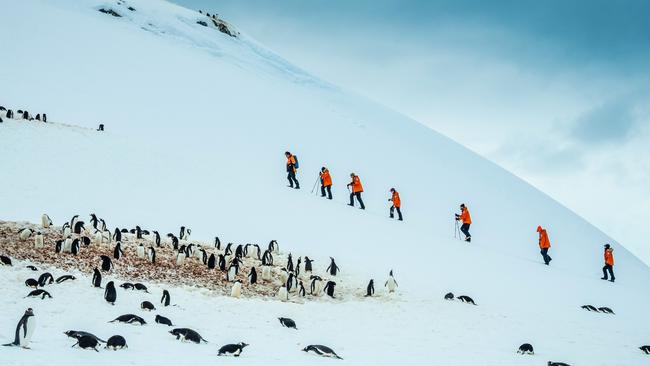
Snow falls as the ship heads north, grinding through dense pack ice, and we spend the penultimate day cruising by zodiac around the aptly named, iceberg-strewn Paradise Bay and then going ashore at Neko Harbour.
Hiking up a snowy hill, we pass a colony of Gentoo penguins that has been infiltrated by a cheeky chinstrap penguins and a massive glacier calves nearby, its thunderous cracking echoing across the bay.
Watching a pod of about 20 orcas cruising near the ship possibly even trumps the highlights of the day, remarkable as they are. An early morning zodiac ride around Spert Island is our last off-ship adventure. The waves are “sporty”, in expedition team parlance, which increases the thrill of navigating around dramatic basalt cliffs and canyons and an iceberg graveyard. Then it’s back across the Drake and, thankfully, it’s a pretty smooth ride.
People often say that going to Antarctica changes their lives, but are we contributing to changing Antarctica’s increasingly fragile environment just by going there? It’s a much debated, vexing question.
Antarctica received a record 122,072 visitors in the 2023-24 season, according to the International Association of Antarctica Tour Operators. Although this is a tiny minority of the world’s estimated 1.1 billion tourists, the last thing anyone who has been privileged enough to experience Antarctica, once or a hundred times, wants is to see is human desecration of this rare and wonderful wilderness.
Lindblad pioneered passenger cruises to Antarctica in 1966 and its underlying message is still that travel is a force for good; educating people to understand, love and protect the natural world by experiencing it. On our voyage there are moments of deep personal revelation, tears of joy, endless laughter and friendships formed in an extreme environment. Who could wish for more?
In the know
Lindblad’s National Geographic Resolution and National Geographic Endurance will sail 12-day Voyage to Antarctica itineraries from November 2025 to February 2026, and November 2026 to February 2027. Fares for the November 27, 2025 sailing start at $22,829 a person, twin-share, for a window cabin and $35,974 a person, twin-share, for a balcony Bridge Deck cabin. Charter flights from Santiago or Buenos Aires to Ushuaia are not included, and pricing and availability are subject to change until secured with a deposit. Pre-voyage hotel accommodation, all meals, drinks, gratuities and complimentary parkas are included in the fare.
Sally Macmillan was a guest of Lindblad Expeditions.
If you love to travel, sign up to our free weekly Travel + Luxury newsletterhere.

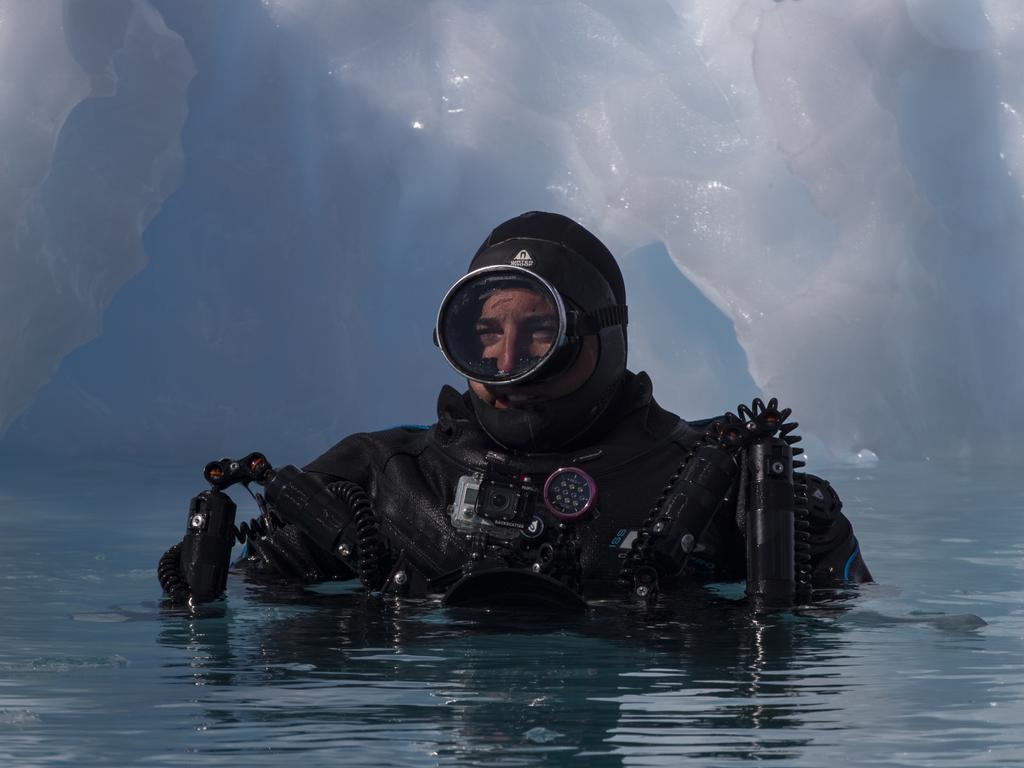
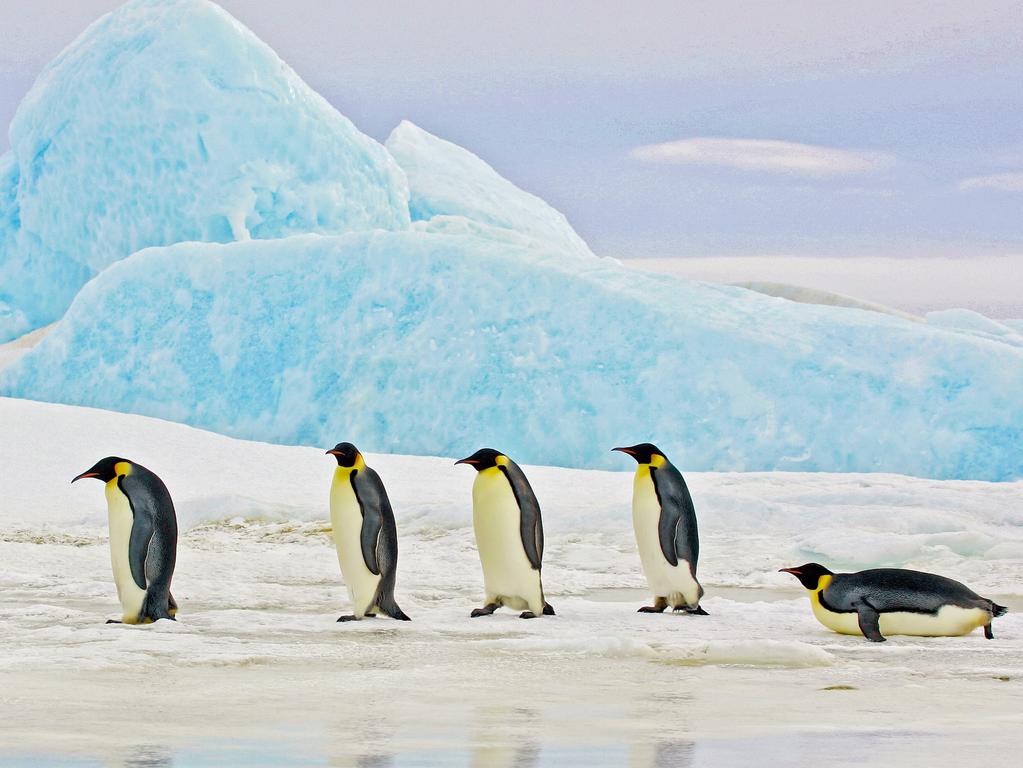
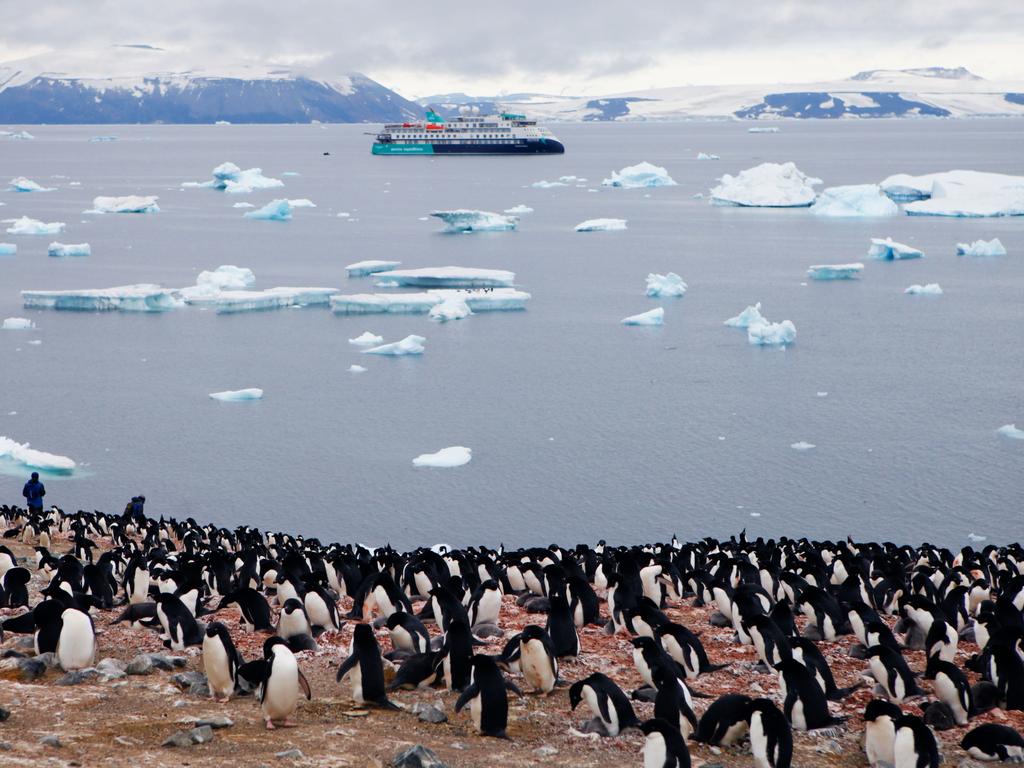
To join the conversation, please log in. Don't have an account? Register
Join the conversation, you are commenting as Logout